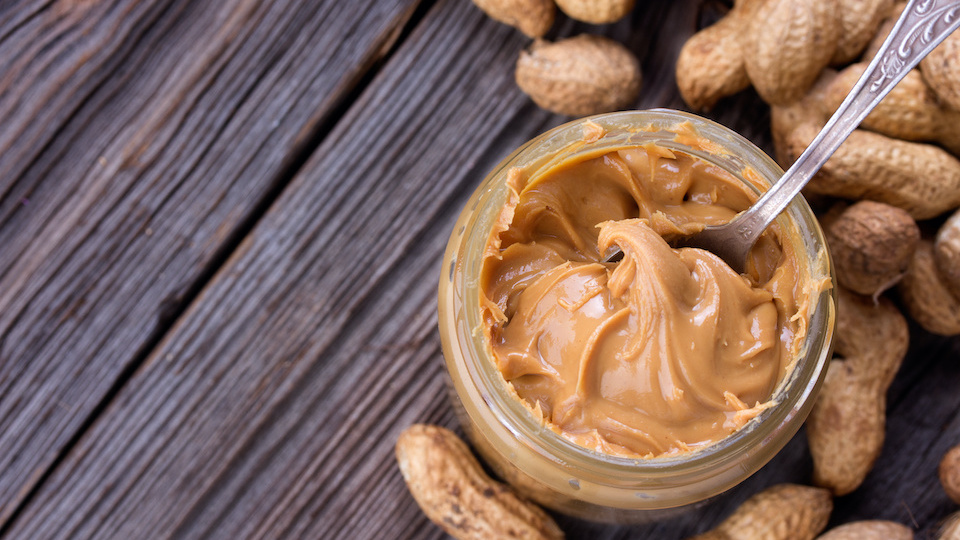We’ve all experienced a “vicious cycle,” that downward spiral where cycles of cause and effect compound each other and lead to a progressive worsening of a situation. Vicious cycles can happen in all areas of life, but one example that comes up often in my office is the cycle of injury and inactivity. An injury often leads to a period of inactivity which can lead to weight gain, which can make it harder to get back into shape, and the cycle of inactivity and worsening health continues. We’ve all been there.
On the flip side, the opposite of a vicious cycle is what economists call a “virtuous cycle,” also known as a positive feedback loop. This occurs when constructive cause and effect cycles reinforce each other, and lead to a continuously positive outcome. For example, exercise leads to more energy, which gives you more motivation to exercise, and when this cycle continues, it results in huge benefits to your health.
I’ve always been attracted to virtuous cycles, win-win situations, synergy, and positive feedback loops, so the latest research published in the journal Frontiers in Neuroscience was right up my alley. This research sheds light on a very important positive feedback loop: a cycle of healthy lifestyle choices and executive function in the brain. “Executive function” is defined by the researchers as, “an umbrella term for the related but distinct processes involved in the effortful control of goal directed behavior.” These include self control, flexible thinking, problem solving and keeping important things at the forefront of memory.
Summarizing their research, the study authors explain:
“We suggest that executive function, health behavior, and disease processes are interdependent. In particular, we argue that a positive feedback loop may exist whereby health behavior-induced changes in executive function foster subsequent health-enhancing behaviors, which in turn help sustain efficient executive functions and good health.”
To arrive at their conclusions, researchers analyzed data from 4,500 adults. Relationships between the participants’ levels of physical activity and their executive function were ascertained. When variables including age, gender, and illness were adjusted for, the researchers found that the cycle between executive function and health-enhancing behaviors goes both ways. They found that adults who showed “poor executive function” had a tendency to engage less in physical activity, and that adults who stayed active as they aged had higher levels of executive function.
According to Dr. Julia Allen:
“People who make a change to their health behavior, like participating in physical activity, eating less processed food, or consuming more fruits and vegetables, can see an improvement in their brain function over time and increase their chances of remaining healthy as they age.”
The study authors also noted:
“It seems that physical activity and EF [executive function] are synergistic — they improve one another.”
The relationship synergy between healthy lifestyle and dietary choices and improvements in executive function is a classic example of a virtuous cycle. When you make healthy choices, it positively impacts your executive function, thus improving your judgement and making you more likely to make good choices.
My goal here at UpWellness is to provide you with information and inspiration to help you to break those vicious cycles and to turn them into virtuous ones.
– Dr. Joshua Levitt









